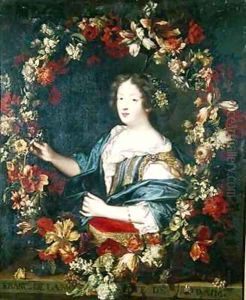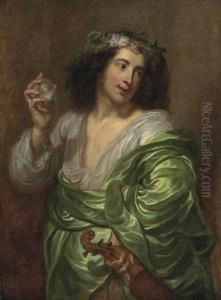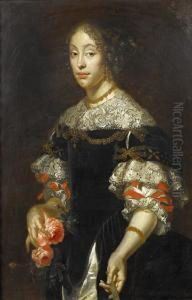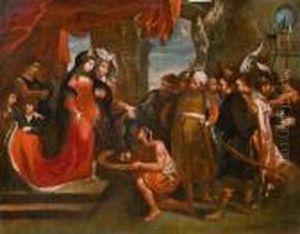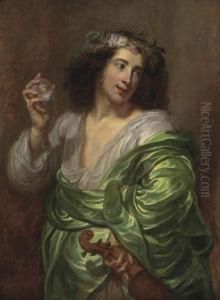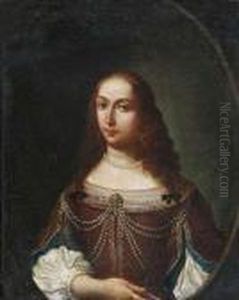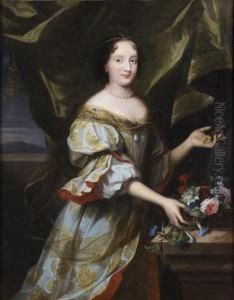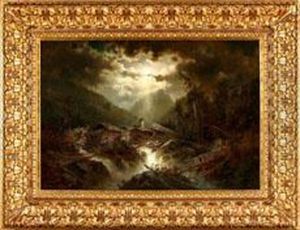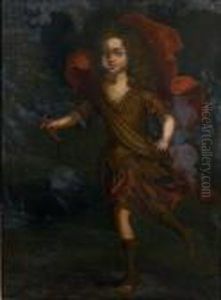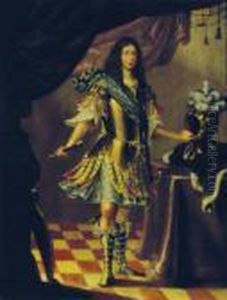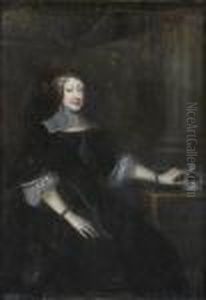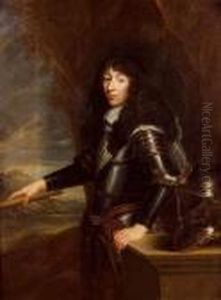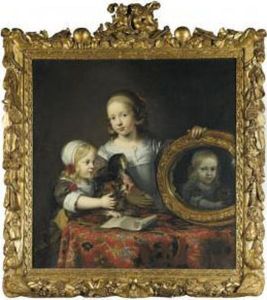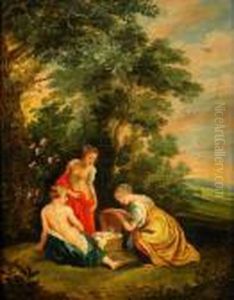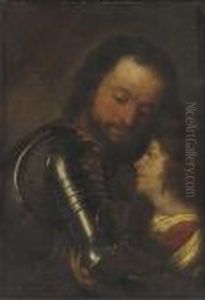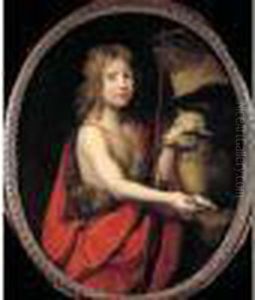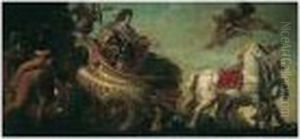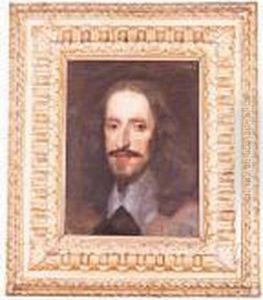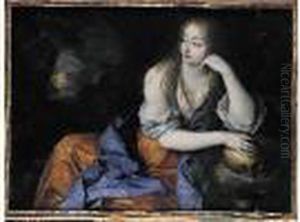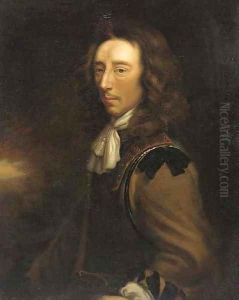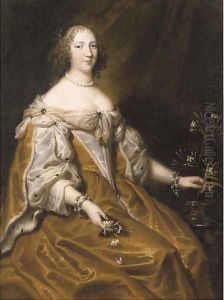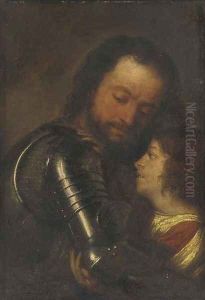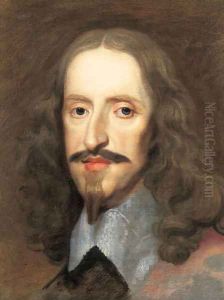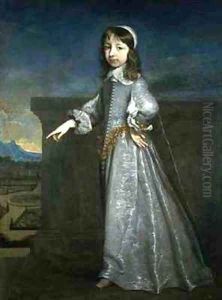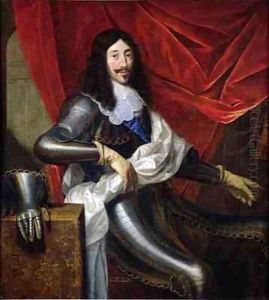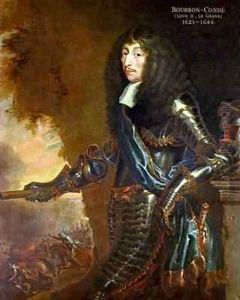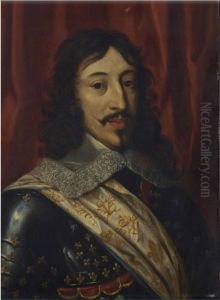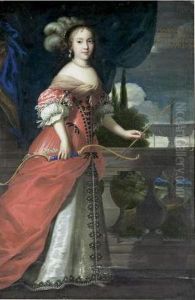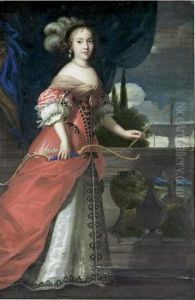Justus van Egmont Paintings
Justus van Egmont was a Flemish painter and draftsman who played a significant role in the development of Flemish Baroque painting. Born in Leiden in the Dutch Republic in 1601, van Egmont moved to Antwerp where he became a pupil of Gaspar van den Hoecke. He later studied under Peter Paul Rubens and became a master in the Antwerp Guild of Saint Luke in 1632. Egmont's work is characterized by his strong compositions and vibrant use of color, which he likely developed under Rubens' influence.
After his training, Justus van Egmont worked in France for many years. He was particularly active at the French court, where he worked on numerous commissions for the nobility, including portraits and historical paintings. His time in France was crucial for his artistic development, and it was here that he was influenced by the French classical baroque style, which he would later integrate with his Flemish roots.
In 1641, he was appointed as a painter to Louis XIII, and his work gained recognition for its elegance and clarity. Egmont's portraits are particularly noted for their aristocratic grace and refinement. He worked in Paris until around 1648 before returning to Antwerp, where he continued to paint and also engaged in the art market.
Van Egmont's later years were marked by an increased interest in religious subjects, and he produced several altarpieces for churches in and around Antwerp. His style during this period became more focused on emotion and the use of dramatic lighting, which emphasized the spiritual aspects of his subjects.
Justus van Egmont died in Antwerp in 1674. His works can be found in various museums and collections worldwide, and he is remembered as a significant figure in the history of Flemish Baroque painting. His contributions to portraiture and historical painting remain his most enduring legacy, combining the grandeur of Rubens with a distinctive elegance of his own.
